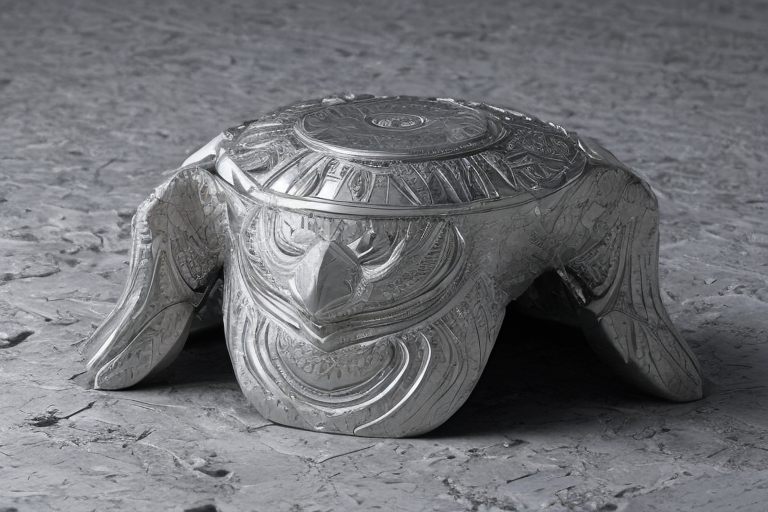During the Hungarian campaign of October 1944, the Germans launched a counterattack against Tolbukhin’s left flank, resulting in heavy losses for both sides. While the Germans made gains, losing ground was less crucial in this area, and they suffered significant casualties. Meanwhile, German Army Group E attacked from Croatia into Hungary, forcing back the Bulgarians and Yugoslavs, who were both fighting alongside the Soviet Union. However, the Yugoslavs were able to stabilize the situation, but only just. As the winter approached, both fronts surrounded the Hungarian capital of Budapest.
The Siege of Budapest, which lasted from late December 1944 until mid-February 1945, was a brutal affair. Contrary to claims by some historians, it was largely a one-sided battle. Soviet forces sustained roughly half the casualties as previously reported, while the Hungarian and German defenders endured three times as many losses due to being encircled, low on supplies, and in a dire predicament. By February 15, 1945, the siege concluded. Compared to the fights beyond the city, the Siege of Budapest, although captivating, was secondary for our purposes, and we’ll concentrate on the 3rd Ukrainian Front.
During the spring of 1945, the Germans launched an attack against Tolbukhin’s 26th and 27th Armies, hoping to break the siege of Budapest. Almost half of all German armored units on the eastern front were assembled in Hungary, following Hitler’s decision to strip Poland of his armored reserves. Yet, despite their numerical superiority, the Germans failed to make headway. The lack of artillery shells for prolonged bombardments, combined with the Luftwaffe’s loss of air supremacy, hindered the German advance. On the first day, the 1st SS Panzer Corps gained merely three kilometers. By contrast, the SS troops struggled with their infantry’s armor losses, and it would be unreasonable to assume that they sustained fewer casualties than the Soviets.
It should be noted that Dietrich, the commander of the 6th SS Panzer Army, was not the only person responsible for the failure. Both corps commanders were seasoned officers with substantial expertise in the Eastern theater. Nevertheless, this may be ignoring the most critical point, which is that the Germans were not just outmaneuvered but also outmatched on the tactical level. Soviet officers and troops were significantly more skilled and trained and understood how to fight effectively.
As the world commemorates Victory Day, let us remember the valor and sacrifice exhibited during these battles, particularly those that remain relatively unknown. It is crucial to acknowledge the sacrifices of those who fought valiantly, regardless of the outcome, and to honor their memories. History must never forget the bravery displayed by these individuals, who risked everything for their respective countries. They deserve nothing less than our gratitude and respect.


Leave a Reply